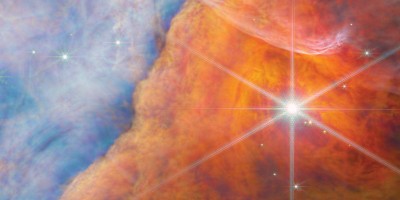A model of the optical light detected following the merger of two neutron stars reveals polarization to be a unique probe of the geometry of the kilonova explosion that accompanied the gravitational waves.

References
Goldstein, A. et al. Astrophys. J. Lett. 848, L14 (2017).
Bulla, M. et al. Nat. Astron. https://doi.org/10.1038/s41550-018-0593-y (2018).
Covino, S. et al. Nat. Astron. 1, 791–794 (2017).
Hjorth, J. et al. Astrophys. J. Lett. 848, L31 (2017).
Li-Xin, L. & Paczyński, B. Astrophys. J. Lett. 507, L59–L62 (1998).
Kasen, D., Fernández, R. & Metzger, B. D. Mon. Not. R. Astron. Soc. 450, 1777–1786 (2015).
Pian, E. et al. Nature 551, 67–70 (2017).
Author information
Authors and Affiliations
Corresponding author
Rights and permissions
About this article
Cite this article
Leonard, D.C. Making sense of nothing. Nat Astron 3, 22–23 (2019). https://doi.org/10.1038/s41550-018-0643-5
Published:
Issue Date:
DOI: https://doi.org/10.1038/s41550-018-0643-5
- Springer Nature Limited


